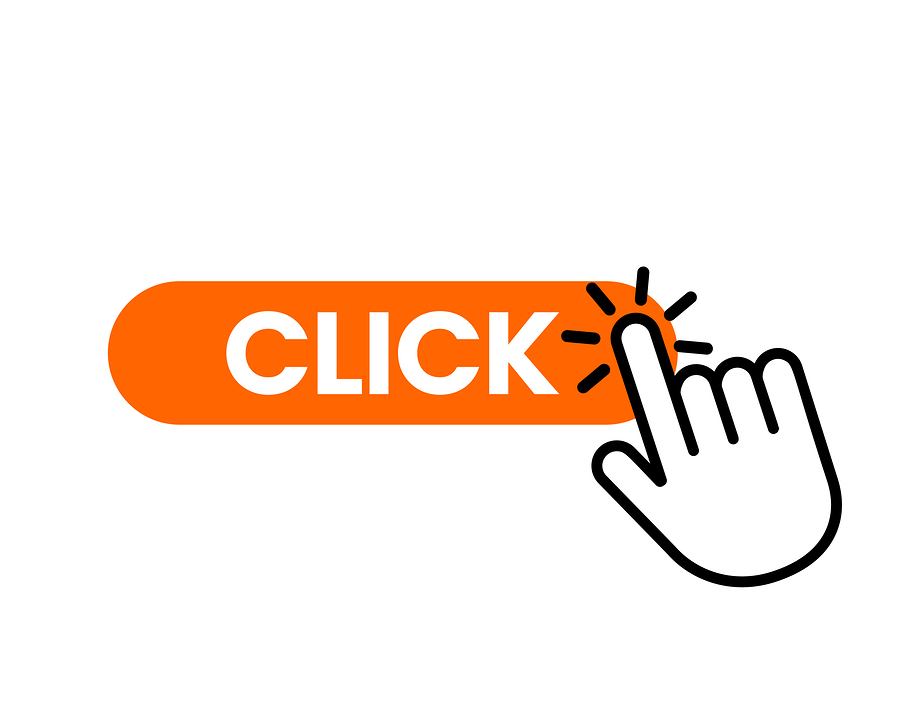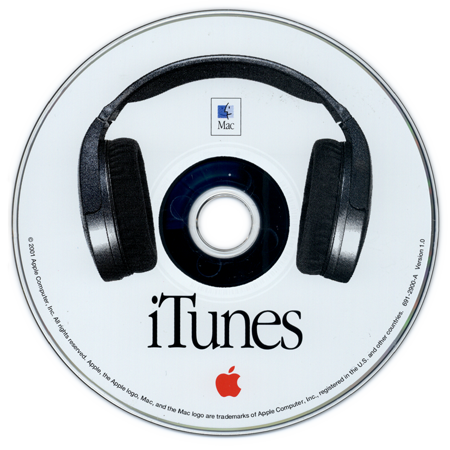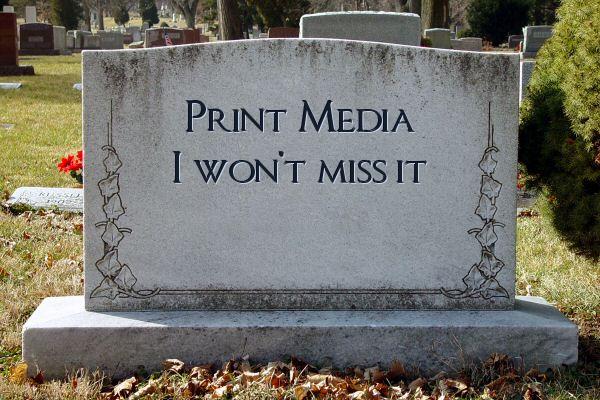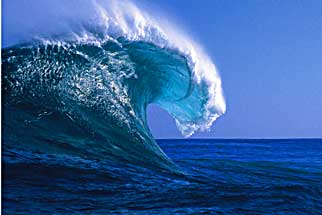Out of curiosity, I researched recent Internet usage statistics. The following were found at The Statistics Portal (I’m assuming these are statistics for North American usage only):
Internet Usage Statistics PER MINUTE in June 2018
| Forecast requests received by The Weather Channel | 18,055,555 |
| Text messages sent | 12,986,111 |
| Videos watched by YouTube users | 4,333,560 |
| Google searches conducted | 3,788,140 |
| Gigabytes of internet traffic generated by Americans | 3,138,420 |
| Snaps shared by Snapchat users | 2,083,333 |
| Songs streamed on Spotify | 750,000 |
| Tweets sent by Twitter users | 473,400 |
| Calls made by Skype users | 176,220 |
Twenty-one years ago I wrote a chapter for a writing book on how to use the Internet for research. I reread that article recently–and laughed. Back then, Google didn’t even exist (founded in September 1998, after the book was published), much less Wikipedia (where the jury is still out if it is a reliable source for verifiable facts).
We swim in a sea of data. So how do you discern what to read or view? In other words, what makes you click? Feel free to discuss in the comments below.
Take that same mindset and apply it to your next book idea or article. What would make the consumer buy or click it, especially when faced with a plethora of competing options? Can your idea, your novel, your insight withstand competitive scrutiny? Obscurity equals no audience. That is why publishers are pushing authors to make their platforms bigger before they will publish them.










